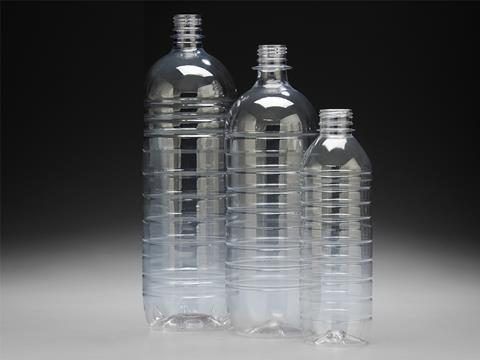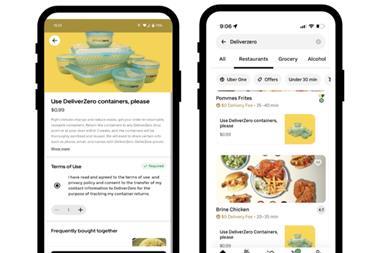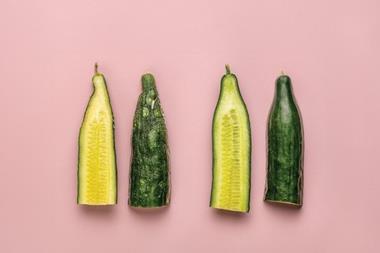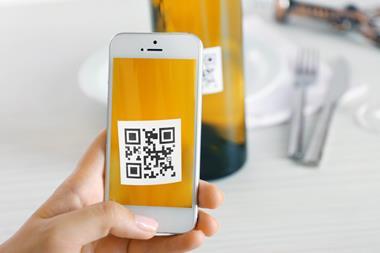
The most common strategy deployed by many water bottlers to meet sustainability initiatives has been to significantly lightweight their PET containers. However, a recent study found that oftentimes these bottles might meet consumer expectations for convenience and price, but may not minimize the carbon footprint.
While PET resin suppliers have benefited greatly from the growth of single-serve water bottles, significant research has not been focused on the performance impact and the validation of sustainability assumptions. With industry knowledge and experience being limited in this area, Plastic Technologies, Inc. (PTI), a global leader in plastic packaging development, wanted to provide brand owners with additional information to facilitate the decision making process.
Since the early 2000s, the weight of a 0.5 L (16.9oz.) water bottle has been reduced in half, possibly pushing acceptance limits for most consumers. Technological enhancements have enabled cost reduction and contributed to positive environmental impact. Many assume that lighter weight only has positive benefits, but is that the reality?
The study found a wide variation in performance, weight and recyclability in the bottles it examined. All of the packages were commercially-produced for consumers and procured from retail store shelves in the United States, Europe and India.
Further, it discovered that lighter weight, design and label choices have an impact on post-consumer recovery. The decisions made during the design phase not only have to meet physical performance requirements but also should not negatively impact current recycling systems. While weight reduction results in a lower carbon footprint, it was found that ultra-lightweight bottles can negatively impact the effectiveness of post-consumer package waste sorting and recycling systems.
The study showed that many of the samples did not factor in generally-accepted recyclability guidelines during the design process. In some scenarios, the PET package design had strong shelf presence and met the functional requirements. However, the bottle color, label, glue or ink components had a significant impact on package recyclability.
The study offers extensive data on package weights, wall thickness, pressurization, volumes, optical quality, color, haze and recycling performance of various commercially-available PET water bottles.
More info: www.plastictechnologies.com










